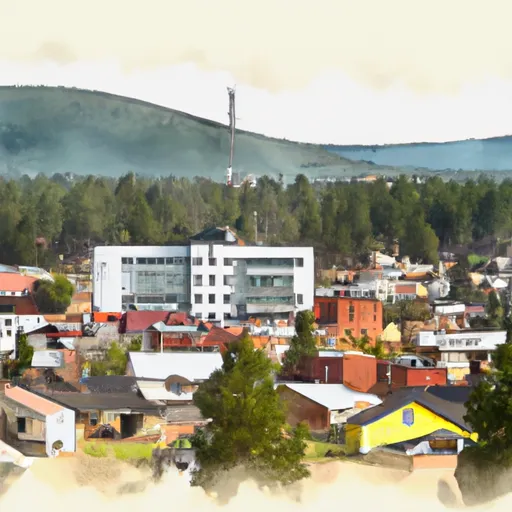°F
°F
mph
Windspeed
%
Humidity











Juntura is a small unincorporated community located in Malheur County, Oregon. The climate in Juntura is classified as arid, characterized by hot summers and cold winters. Summer temperatures often reach highs above 90°F (32°C), while winter lows can drop below freezing. Precipitation is relatively low throughout the year, with most rainfall occurring in the winter months.
Hydrologically, Juntura is situated near the Malheur River, which provides water resources for the community and surrounding areas. The river also offers excellent fishing opportunities for anglers, with species such as rainbow trout and smallmouth bass present.
Outdoor recreation enthusiasts have a variety of activities to enjoy in Juntura. The surrounding landscape provides ample opportunities for hiking, camping, and wildlife viewing. The nearby Malheur National Wildlife Refuge offers a chance to see a diverse range of bird species and other wildlife. The area is also popular for hunting, with opportunities for deer, elk, and upland bird hunting. Overall, Juntura provides a picturesque setting for outdoor enthusiasts seeking to explore the natural beauty of eastern Oregon. (170 words)
Weather Forecast
Juntura receives approximately 280mm of rain per year, with humidity levels near 65% and air temperatures averaging around 10°C. Juntura has a plant hardyness factor of 6, meaning plants and agriculture in this region thrive during a short period during spring and early summer. Most plants will die off during the colder winter months.
Regional Streamflow Levels
29
Cubic Feet Per Second
1
Cubic Feet Per Second
0
Cubic Feet Per Second
894
Cubic Feet Per Second
Nearby Camping
| Camping Area | Reservations | Toilets | Showers |
|---|---|---|---|
| Chukar Park |



